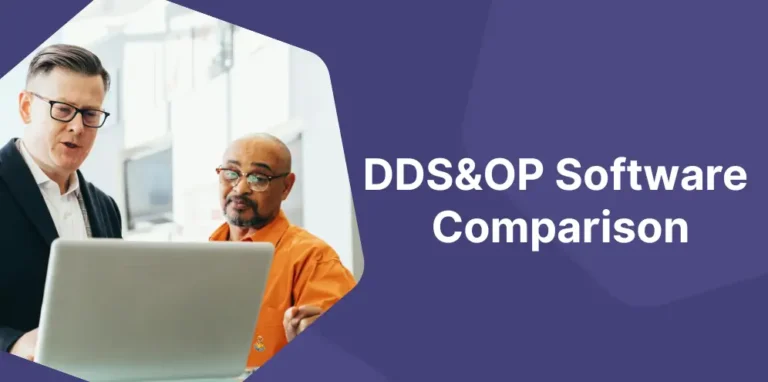Under the shocks of the last two years, many companies have realized that they were suffering from structural weaknesses in their operations. The pandemic has put pressure on them to review certain processes.
For example, there has been an increased focus on uncertainty in S&OP, because who would believe that in a pandemic and lock down situations, S&OP can be based on a single set of numbers, the consensus plan, from sales forecasts to production and procurement plans? Companies have started to make assumptions, review them frequently, and try to adapt as best they can.
However, even in this period, old reflexes have often had deleterious effects. How many companies, for example, reduced their capacity to such an extent that they were left with nothing when the recovery came? There are countless clear examples of bullwhip effects, some of which regularly make the headlines.
Building the Agile “World After”
In this context, the terms agility and resilience are becoming very popular in the supply chain ecosystem. Google terms like “agile supply chain” and you will get a few million entries, with press articles, surveys, consulting firms, software, etc. You’ll find miracle recipes: the 5 keys to transforming your supply chain, 4 strategies to create a more agile and resilient supply chain, or 3 definitive characteristics of an agile and resilient supply chain. You’ll find digitization, visibility, artificial intelligence, and predictive stuff.
Wait a minute. Isn’t that what they were selling you before the pandemic?
If you oversee a company, its operations, or its supply chain, you are likely to get lost in this magma. How can you really engage in a profound transformation that positions your company much better for the unknown turbulences to come?
An important side question: how long will it take? If you’re embarking on a marathon that will yield results in a few years, forget it: you’ll lose momentum along the way, things will get bogged down, and headwinds will build up.
Clarity, Determination, and Speed
First, be clear on the principles that will underlie your transformation.
Drive your flows from real demand by deploying an end-to-end pull flow, break down silos, put adaptation at the forefront, shorten your lead times, correct your structural weaknesses, digitize wisely, link strategy and execution. You need to conduct your own diagnosis, determine your target model (the one in one year, not the one in 2030), and share this vision within the company.
Don’t be shy. The world is moving too fast for that. Think BHAG and translate a first concrete target within one year.
The adaptive enterprise model developed by the Demand Driven Institute provides a framework — a common language — and facilitates the establishment of a shared roadmap. Be inspired by it and adapt it to your reality.
Once the vision and target model are established, go for it! With structure and determination. Lead the way, set the pace, lift the constraints.
How Long Does a Demand Driven Transformation Take?
Speed is a key success factor. We need to see results quickly and put the “backstop” on to sustain and continue to progress. Compared to previous methods, such as Lean Six Sigma and TOC, Demand Driven is a formidable accelerator, thanks to well-defined methods, training to get the teams on board and software to equip the processes.
At the scale of an industrial site, the new processes are generally put in place and deliver results within three to six months. Of course, this is just the beginning: teams will continue to gain maturity from there, and the model will progress through the orchestration of strategic and execution processes.
More and more, we see companies deploying on a large scale, on dozens of industrial and distribution sites, in the space of one to two years. This approach has multiple benefits: it creates an inter-site dynamic, a common language, cross-fertilization, emulation. It also allows for a more rapid refinement of an adapted pull-flow model and strategic management.
The Longest Part: Getting Started!
We have been helping companies with their Demand Driven transformation for 10 years. At the beginning, the Demand Driven approach was emerging. It was a bit experimental; there was not much feedback. Hesitation was legitimate. This is no longer the case: it is easy to talk to companies that have implemented it, in a wide variety of sectors, and to benefit from their feedback. The methodology and software have matured, and the effectiveness is measurable.
However, there is still a cycle of one to two years between the initial exploratory and simulation phases and the launch of a deployment. In many cases this phase is longer than the deployment itself…
At the speed at which the world is changing, with increasing geopolitical uncertainties, fierce competition with new entrants and the accelerated introduction of disruptive technologies, adaptability — agility and resilience — is key to the sustainability of many companies. Don’t wait any longer!












